
Introduction
When it comes to sewing, having the right materials is essential to achieve the desired results. Whether you are a beginner or an experienced sewer, understanding different sewing materials and their uses is vital. Let’s explore some commonly used sewing materials and how they can enhance your sewing projects.
1. Thread
Thread is the backbone of any sewing project. It is used to stitch fabric pieces together or for decorative purposes. There are various types of thread available, including polyester, cotton, silk, and nylon. Each type has its own unique characteristics and suitable applications. Polyester thread, for instance, is known for its durability and versatility, making it ideal for general sewing projects. On the other hand, silk thread is commonly used for delicate fabrics or high-end garments due to its strength and smooth finish.
2. Needles
Needles are used to pass the thread through the fabric. They come in different sizes and styles to accommodate various types of fabrics and stitches. When choosing a needle, consider the fabric weight and type. For lightweight fabrics like silk or chiffon, a fine needle is recommended to avoid damaging the fabric. Heavier fabrics, such as denim or upholstery, require a stronger needle with a larger eye to handle the thickness.
3. Pins
Pins are crucial for holding fabric pieces together before sewing. They come in two main types: straight pins and safety pins. Straight pins are the most commonly used for general sewing. They are sharp, thin, and have a rounded head. Safety pins, on the other hand, are commonly used for temporarily holding fabrics or organizing pieces during the sewing process.
4. Scissors
Scissors are a must-have tool in any sewing kit. They are used for cutting fabric, thread, and other materials. It is important to have a good pair of fabric scissors specifically designed for sewing projects. They should be sharp, comfortable to handle, and able to cut through fabric smoothly. Additionally, it is advisable to have small embroidery scissors for precision cutting.
5. Seam Ripper
Mistakes happen, and a seam ripper is what you need to correct them. This handy tool helps to remove stitches without damaging the fabric. It has a small pointed edge that easily slips under the thread, allowing you to cut and remove the unwanted stitches. Every sewer should keep a seam ripper nearby for any unforeseen errors or alterations.
Conclusion
Being familiar with various sewing materials and their uses can significantly enhance your sewing experience. Whether it’s the right thread for a particular fabric or selecting the appropriate needle size, having the proper tools will empower you to create flawless and professional-looking garments. Remember to invest in high-quality materials and take care of your sewing tools to ensure longevity and optimal performance.
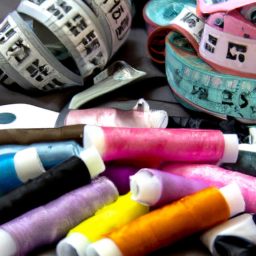
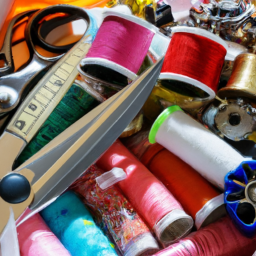
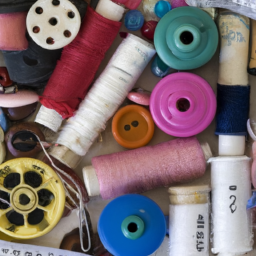
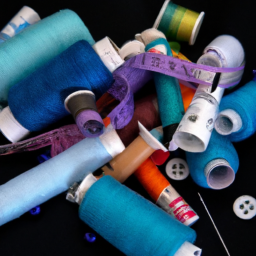
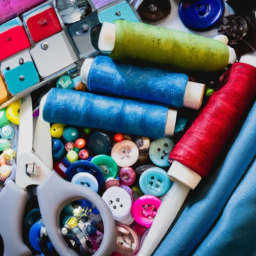
Great article! I’m an avid home sewer looking to expand my knowledge of different materials.
Karla Valdez: Very helpful! As a beginner sewer, I often find myself wondering what type of materials to use.
Anita Hasan: Informative and comprehensive! I’m amazed at the many uses of sewing materials.
An amazing article, full of useful information for sewers of all levels! No matter where you are in your sewing journey, you’ll definitely be able to find something useful from this post.
Incredible article! I love how it gives detailed descriptions of the different materials and their uses.